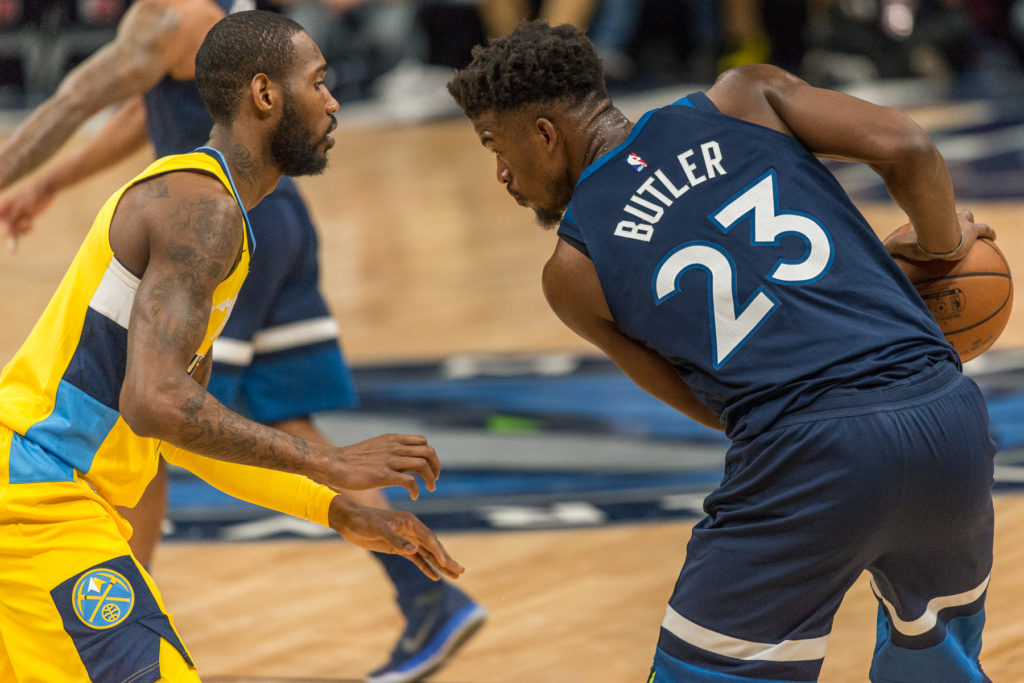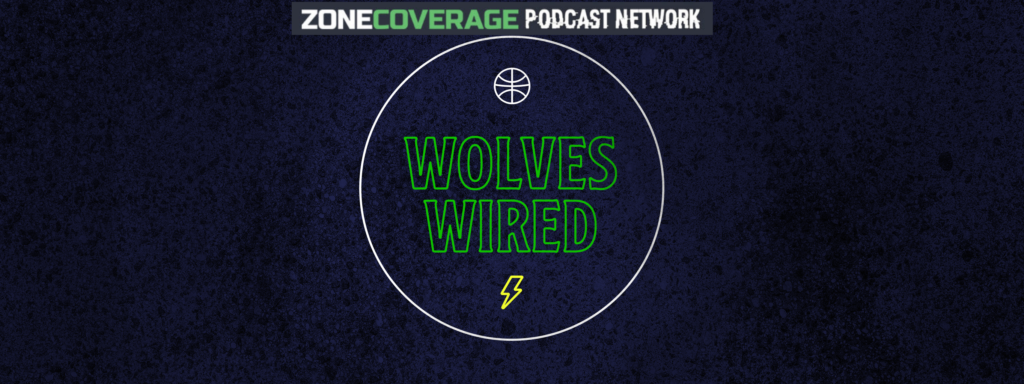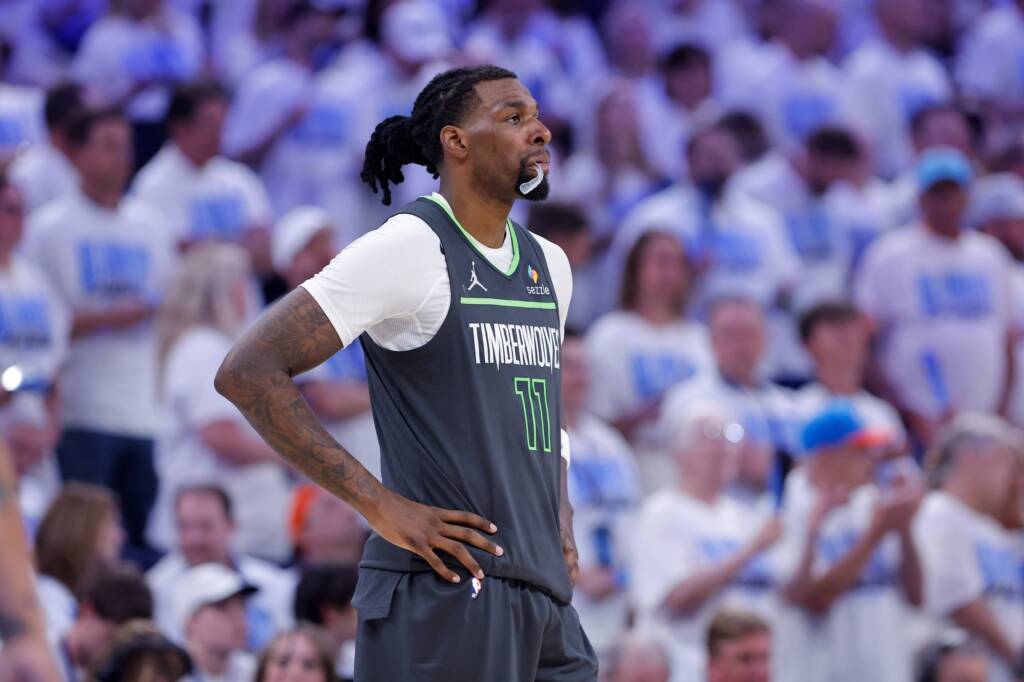The Minnesota Timberwolves announced on Saturday evening that All-Star wing Jimmy Butler suffered a meniscal injury in his right knee and that he will be out indefinitely. Shams Charania of Yahoo Sports tweeted that Butler’s injury was a meniscal tear and that he is in the process of determining the proper route of care.
The meniscus is a dense, cartilaginous structure in the knee that serves two purposes: to provide cushioning and to increase the contact area between the femur of the upper leg and tibia of the lower leg. The increase in contact area provides some stability an also helps provide a path for the femur and tibia to move to allow proper locking and unlocking of the knee.
Each knee contains two menisci. The lateral meniscus, which is shaped like an “O”, is the smaller and more mobile of the two menisci. The medial meniscus is shaped like a “C”, is more fixed, and has a direct attachment to the deep fibers of the medial collateral ligament (MCL). It isn’t clear which meniscus Butler injured.
Meniscal injuries are common in professional and amateur athletes, particularly in sports like football, basketball, and soccer.
Similar to ligamentous and tendinous injuries, meniscal injury severity is graded on a scale of one to three, but unlike other structures, they can’t be “sprained” or “strained.”
Grade 1 and 2 meniscal injuries aren’t true tears and are of little consequence and are commonly found in people and athletes who don’t have pain or dysfunction at the time of discovery.
Grade 3 injuries are clearly visible tears on magnetic resonance imaging (MRI) and can be present with or without pain and/or dysfunction.
Meniscal tears can be acute or chronic in nature and don’t always produce pain and/or dysfunction, however, Butler’s injury likely is of the acute variety.
They can be caused by a few different mechanisms, such as repetitive exposure to ground reaction forces (i.e. running, jumping) for chronic cases, but the most common for acute tears includes rotation of the femur on a fixed tibia while a significant downward axial force through the knee (i.e. “twisting” the knee on a planted foot).
In adults, only the outer third of each menisci has adequate blood flow, while the rest of the structure is avascular in nature. This means that only small tears in the outer portion of the meniscus can heal on their own. Larger tears could potentially be surgically repaired.
There are three common interventions that can address meniscal tears: arthroscopic meniscectomy, arthroscopic repair, and conservative rehabilitation.
Arthroscopic meniscectomy is typically performed on small tears and/or tears located in the inner two-thirds of the meniscus. This procedure involves removing the area that has been compromised with rehabilitation that follows. Players typically return from these procedures in three-to-six weeks.
Arthroscopic repair involves sewing together the tear. Time is needed for the repair to take hold and rehab is initiated after a couple of weeks. Athletes typically return in three-to-six months after repair.
Conservative rehab involves strengthening of the hip, core, and knee muscles in addition to working on balance and biomechanical faults.
Despite not being able to directly address the meniscal defect, current research in the rehab literature suggests that it is just as, if not more, effective meniscectomy for addressing pain and dysfunction. Return to play is usually similar to meniscectomy, but might be a little longer depending on how the athlete responds.
Professional teams and athletes are getting better at recognizing the potential long-term side effects of meniscectomy procedures. Since meniscectomies involve removal and tissue and, thus, a loss of cushioning and stability, it places the athlete at greater risk for developing conditions such as osteoarthritis and bone bruises.
Teams and players are more frequently choosing to have meniscal repairs if they are possible despite the longer recovery time or undergoing conservative rehab.
At this time it is unknown which avenue Butler will go down. All interventions have the positives and negatives, but it will be on him and the Wolves’ medical staff to determine which route is most appropriate. Until then all we can do is eagerly await his return.


